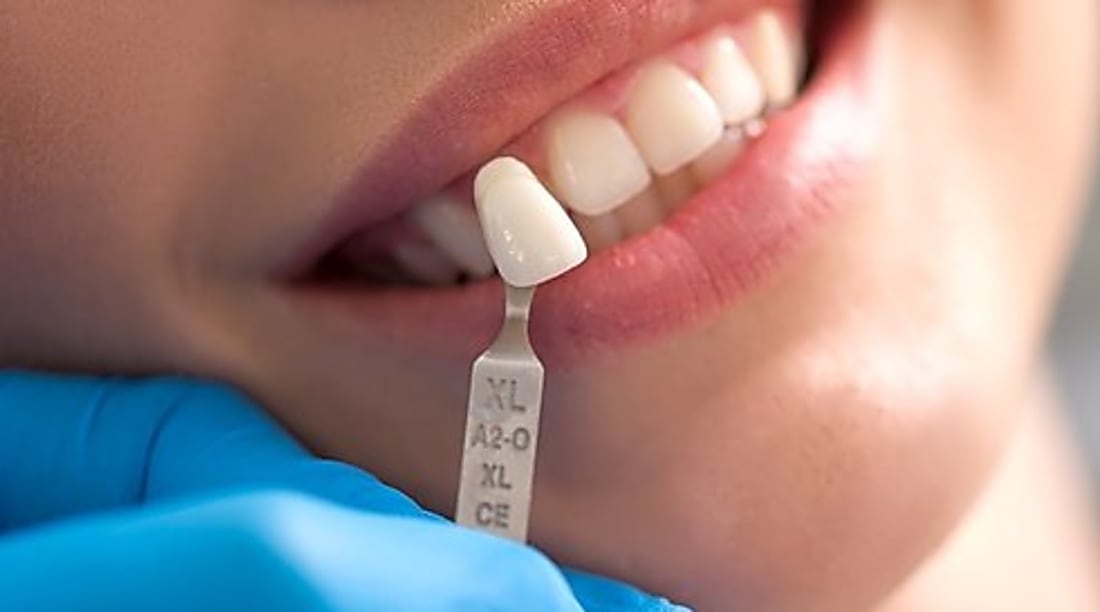The Future of Dental Implants: Cutting-Edge Screw-less Technology
Dental implants have revolutionized restorative dentistry, offering a permanent solution for missing teeth that closely mimics natural dental function and appearance. While traditional implants have relied on titanium screws surgically embedded into the jawbone, innovative advances are changing this paradigm. Screw-less dental implant technology represents the cutting edge of modern dentistry, promising less invasive procedures, faster healing times, and equally robust results. This evolution marks a significant shift in how dental professionals approach tooth replacement and restoration.

How Traditional Dental Implants Work
Traditional dental implants consist of three components: a titanium screw that integrates with the jawbone, an abutment that connects to the screw, and a crown that replaces the visible portion of the tooth. This system has proven remarkably successful, with success rates often exceeding 95% over ten years. The process typically requires several months from initial surgery to final restoration as osseointegration—the biological fusion between bone and implant—must occur before the implant can bear the forces of chewing. While effective, this traditional approach involves significant surgery, recovery time, and in some cases, preliminary procedures like bone grafting to ensure adequate bone volume for implant stability.
The Evolution of Screw-less Implant Technology
Screw-less dental implants represent a paradigm shift in dental technology, moving away from the conventional threaded designs that require drilling into the jawbone. Instead, these innovative systems utilize alternative fixation methods such as press-fit designs, dental adhesives, or expansion mechanisms that create stability through lateral pressure rather than vertical penetration. Some cutting-edge designs feature a plateau or fins that slide horizontally into prepared grooves in the bone, eliminating the need for extensive drilling. This evolution addresses several limitations of traditional implants, including the risk of bone trauma, longer healing periods, and technical complications related to screw mechanics like loosening or fracture.
Benefits of Modern Screw-less Dental Implants
The advantages of screw-less implant systems extend beyond the obvious reduction in invasiveness. These modern dental technology solutions typically offer significantly shorter procedure times, often allowing for same-day restoration in suitable cases. Patients experience reduced post-operative discomfort as the trauma to surrounding tissues is minimized. The healing process accelerates without the extensive bone remodeling required by traditional screwed implants. Additionally, screw-less designs eliminate mechanical complications like screw loosening or fracture that can plague conventional systems. For patients with insufficient bone volume who might otherwise require grafting procedures, certain screw-less options provide viable alternatives that can avoid these supplementary surgeries altogether, making dental restoration accessible to a broader patient population.
Clinical Applications and Limitations
Despite their promising advantages, screw-less dental implants are not universally applicable for all clinical situations. These systems show particular promise for anterior tooth replacements where aesthetic considerations are paramount and chewing forces are less intense. Some designs excel in immediate placement scenarios following tooth extraction, preserving surrounding bone and tissue architecture. However, most dental professionals maintain that traditional screwed implants remain the gold standard for posterior teeth replacements where maximum bite force resistance is essential. Current screw-less technology continues to evolve to address these limitations, with research focusing on surface modifications and biomaterials that enhance osseointegration without threaded engagement.
The Integration of Digital Dentistry with Screw-less Implants
Modern dental technology has expanded beyond the physical components of implants to embrace digital workflows that enhance precision and outcomes. Computer-guided implant planning allows practitioners to virtually map the ideal position for screw-less implants using 3D imaging from CT scans. This digital approach enables the production of surgical guides that ensure optimal implant positioning, particularly important for screw-less systems where angles and placement precision can significantly impact success. CAD/CAM technology further complements this process by facilitating the design and manufacture of custom restorations that perfectly match the patient’s unique oral anatomy. The marriage of screw-less implant technology with digital dentistry represents a comprehensive advancement in oral health restoration that offers unprecedented precision and personalization.
Cost Comparison of Implant Technologies
The financial implications of choosing screw-less versus traditional implant systems vary considerably across markets and providers. While innovative technology often carries premium pricing initially, the reduced surgery time and fewer appointments can offset these costs.
| Implant Type | Average Cost Range | Procedure Time | Recovery Period | Additional Considerations |
|---|---|---|---|---|
| Traditional Screw Implants | $1,500-$6,000 per implant | 1-2 hours plus multiple visits | 3-6 months | May require bone grafting ($300-$3,000 additional) |
| Press-Fit Screw-less Implants | $2,000-$7,000 per implant | 30-60 minutes, often fewer visits | 1-3 months | Better option for thin bone ridges |
| Mini Screw-less Implants | $500-$1,500 per implant | 30 minutes, often one visit | 1-2 months | Limited applications, primarily for denture stabilization |
| Ceramic Zirconia Screw-less | $2,500-$8,000 per implant | Similar to traditional | 2-4 months | Superior aesthetics, metal-free option |
Prices, rates, or cost estimates mentioned in this article are based on the latest available information but may change over time. Independent research is advised before making financial decisions.
The Future Landscape of Dental Implantology
The trajectory of dental implant development points toward continued refinement of screw-less technologies with increasing applications. Research currently focuses on bioactive materials that actively promote bone integration rather than passively awaiting osseointegration. Some experimental designs incorporate growth factors or stem cell technology to accelerate healing and enhance long-term stability. Antimicrobial surface treatments represent another frontier, addressing the risk of peri-implantitis—a significant cause of implant failure. As these technologies mature and clinical evidence accumulates, the dental profession can expect expanded indications for screw-less implants, potentially making them suitable for more challenging cases that currently require traditional approaches. This evolving landscape promises to make tooth replacement more accessible, comfortable, and successful for patients worldwide.
This article is for informational purposes only and should not be considered medical advice. Please consult a qualified healthcare professional for personalized guidance and treatment.




